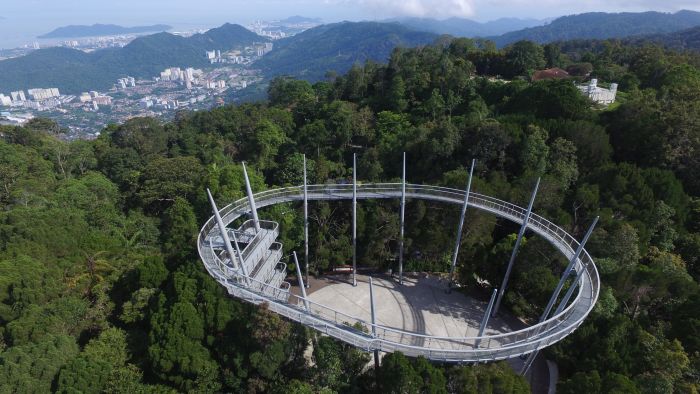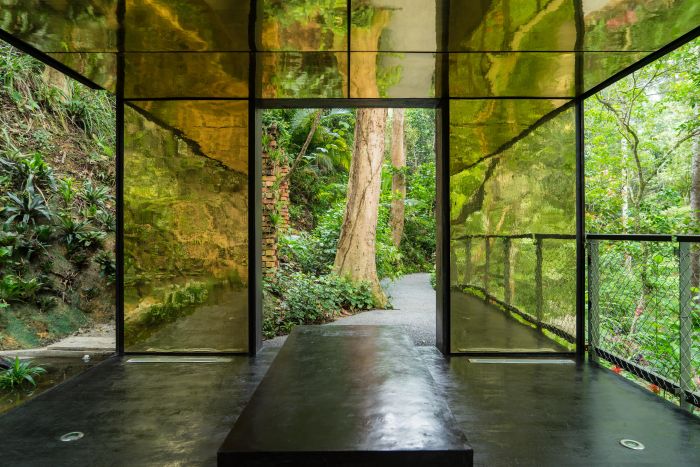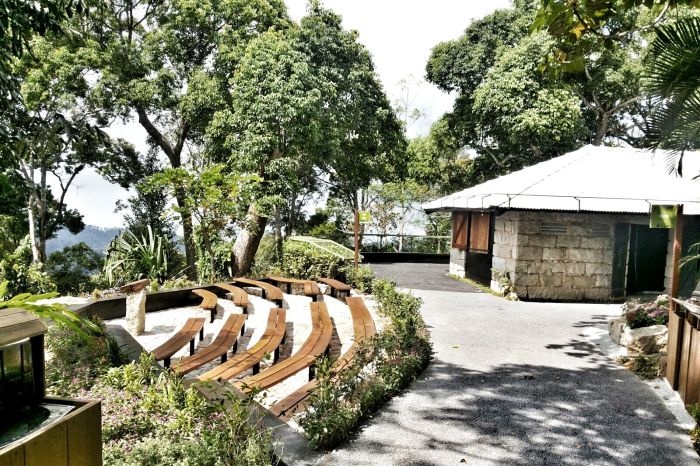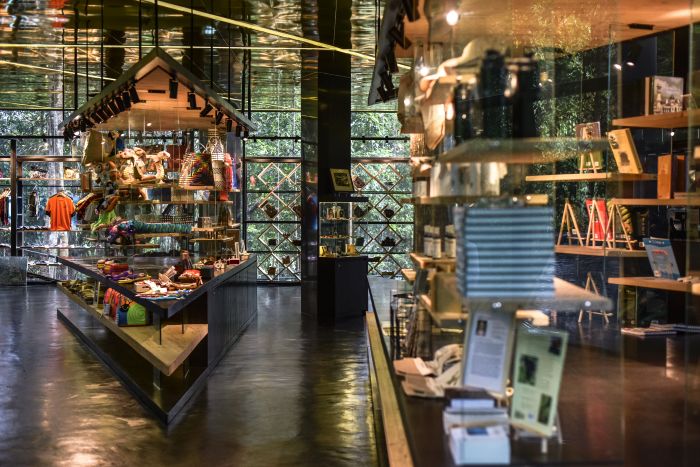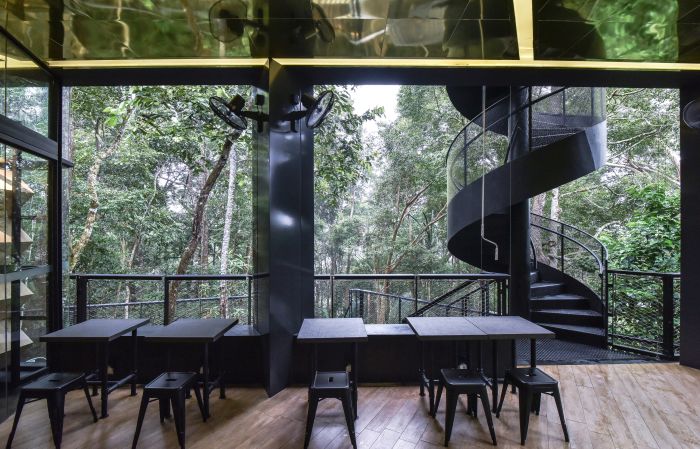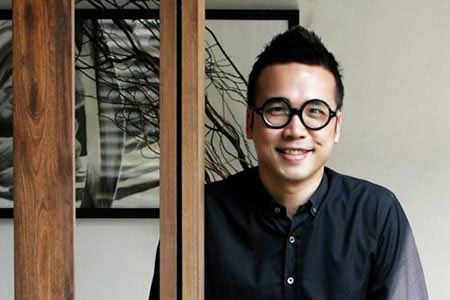
Working with nature can be one of the hardest things to do, but Walker Landscape Sdn Bhd’s Director, Mr Frederick Walker, has not stopped his burning passion for greener pastures, especially with his latest landscaping project at The Habitat Penang Hill.
Tell us about yourself and Walker Landscape Sdn Bhd.
It all started when I’d raced around Malaysian plantations in my little go-cart at a very young age, where beautiful tropical gardens surrounded the manager’s bungalows that my family lived in. Later on at 9 years old, I returned to England and lived in Canterbury, Kent, a place full of countryside splendour and it was then that I started to envision building my own sustainable paradise, a dream I still carry till today.
After pursuing a BSc (Hons) in International Agriculture, Land and Business Management at the renowned Royal Agricultural College in Cirencester, Gloucestershire – which interestingly, look after HRH Prince Charles’ organic farm – I returned to Penang and struck gold with my first project to conceptualise, assist with design and help develop the now well-known Tropical Spice Garden, Penang.
Apart from that, I’ve also worked on plenty of boutique hotels in Penang’s heritage zone, George Town, before establishing Walker Landscape Sdn Bhd in 2008. The company now comprises an all-rounded team of landscape architects, maintenance service teams and supporting staff.
What are your personal passions?
My passion towards landscaping continually revolves around creating natural environments that stimulate beneficial wildlife, a specialty that I’d like to call “junglescape”. That said, The Habitat Penang Hill sits very close to my heart and has undergone conceptualisation and design by my team since September 2009. The incredible site sits on the fringes of a 130 million year-old ‘virgin rainforest’ that is 800 meters above sea level on Penang Hill. Like most of my projects, the concept focuses on educating the public with a biasness towards ingraining knowledge of the amazing outdoors to the children of today; that is, our future generation!
Describe what landscape architecture means to you.
It means creating nature within the urban concrete jungle, and I see landscaping architecture as a weapon against the battle of urban encroachment.
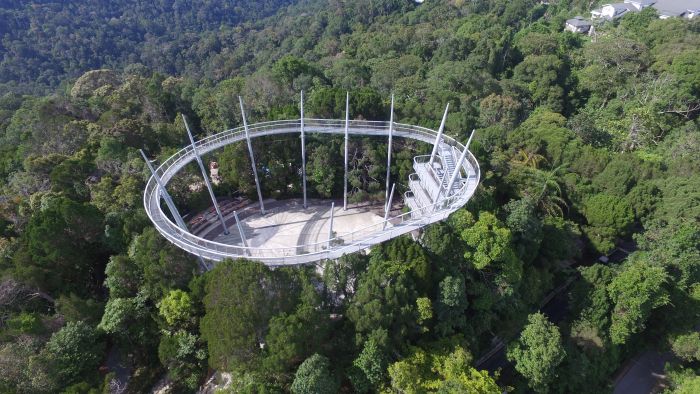
What was the initial state of this particular forest?
Since it was commissioned as a virgin jungle reserve in 1911, it had been left untouched in the most pristine condition. When the team had first set eyes on the site, we lost track of time and got immersed in the sights, sounds and smells. It was – and still is – an amazing sight to behold! We immediately saw the immense potential for eco-tourism to flourish on Penang Hill, and I felt the name “The Habitat Penang Hill” expressed the land’s truly diversed and unique habitat of flora and fauna.
What were the soil situations of the land since it was untouched for a long time?
Our assessment of the soil situation was, very clearly, to leave it intact as much as possible. In order to mitigate potential erosion and landslides, we made a strong stand to minimise any earthworks and ban the dreaded bulldozers! Instead, we used extensive erosion control matting and Bakau soil pegs to stabilise any precarious conditions, and this system worked very closely with plant roots to help bind the soil together. It is both eco-friendly as well as cost-effective.
Having assessed the land, what did you have in mind for this 10-acre piece of greenery?
As architects, we were hungry to create something different and unique, so take the shop and rest pavilions for example. The interior outfit designed by Archiplan Interior Design consisted of black boxes with gold reflective materials on the inner walls and ceilings, which were inspired to reflect the natural environment, attract wildlife curiosity as well as reconnect humans with nature.
Although a receding colour, we chose black to be on the buildings and hardscape because we realised the environment itself needed to be the highlight and not the structures — our ethos was nature first, humans second. So if there was a boulder, a tree or even a large root in the way, we would design around it.
Shop On The Hill is a shop within a forest, and also a forest within a shop since we incorporated five trees that were already on site into its design. At times, it was a challenge to convince the engineers to allow such things to happen, yet we and the team at Archiplan Interior Design had to emphasise the significant historical importance this site had.
I’d even imagined that visitors of the bygone era used to enjoy magnificent views from here, so the team created framed views throughout the meandering valleys, which I’ve named “The Forgotten Views”.
In your opinion, what is the main feature that simply needed to be included in The Habitat?
In order to allow visitors to enjoy the various forest layers i.e. the forest floor, underbrush, understory as well as the upper canopy, we definitely needed to plan for infrastructures such as a nature trail, a treetop walk (Curtis Crest) and a canopy walk (Langgur Way).
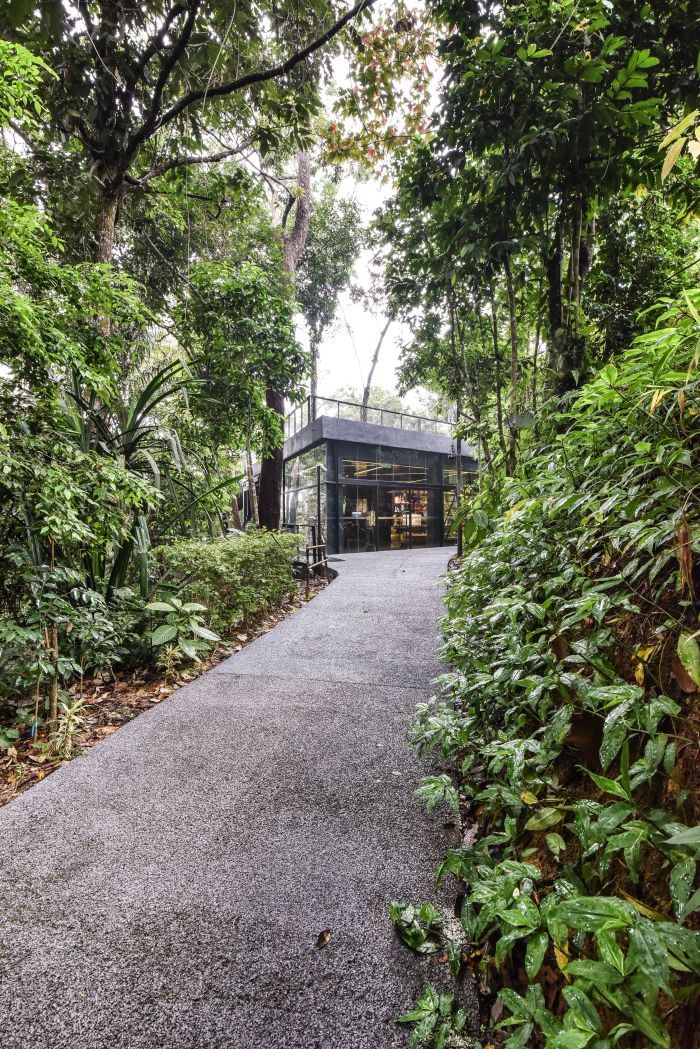
With the various botanical species rooted at The Habitat, were there any particular obstacles in planning around it?
Native tree species like dacrydiums, agathis and podocarpus are virgin jungle trees, so we had quite the challenge (as architects) of working around its sensitive root systems and safety-conscious engineers.
Has maintenance been a problem so far?
As you can imagine, working on hill environments and particularly a forest reserve, is challenging. Water and drainage management has been at the forefront of our concerns, so there’s been a strong combined effort from a very supportive forestry department and the Penang state government to ensure the safety and forest preservation compliance.
Has the country’s climate been an important factor in your work at The Habitat?
Penang Hill’s climate has higher rainfall than lowlands, hence water and drain management is a cornerstone of this project. The landscaping is predominantly native and therefore is sustainable in The Habitat’s longevity. In the spirit of preservation, we have even set up a nursery at The Habitat to propagate any native species, so that the native environment is kept intact.

Frederick Walker, Director at Walker Landscape Sdn Bhd
